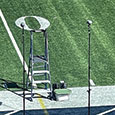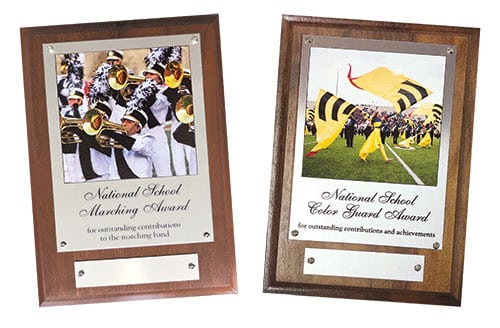I mentioned in January in this column that I was starting voice lessons. Although there was much trepidation on my part at first, it has been a wonderful experience, and my teacher is amazing. In addition to being an excellent singer, she has studied linguistics extensively and is particularly good at explaining how a sound should feel and where in the mouth/throat it should sit. I am learning a great deal and can hear a substantial difference in the recordings I make of myself now compared to the ones I made when I started. I am also trusting my ear more and know how to fix problems when they occur – or at least can identify the mistake I made when I lapse into poor technique.
We have been hitting the five pure vowels – ah, eh, ee, oh, and oo – hard, and when I focus on good technique and isolate them, I can do well. The difficulty lies in moving between them – because I know of no songs that only use one vowel – and the reality is that after 40 years of Midwestern, back-of-the-throat Es and Rs, it is effortless to revert to poor habits and difficult to make good vocal technique a habit.
My teacher’s almost weekly comment to me is “I can hear you thinking.” It manifests itself in hesitancy, going out of tune, and sometimes even forgetting to take a good breath. Arnold Jacobs referred to it as paralysis by analysis in his October 1992 article Mind Over Metal. I become so focused on placing vowels correctly, that I forget every other aspect of good musicianship.
Fortunately, instrumental methods also seem to apply to singing, and I have surprised my teacher more than once by stealing tricks I learned playing wind instruments. Here are some of the ways I’ve broken down what we are working on.
Long tones. It took me eleven weeks of singing lessons to realize that vocal exercises don’t have to change notes. My go-to warmup has become singing ee-eh-ah-eh-ee on one note.
The just-do-something method of tuning. During tuning, we tell students that if it sounds bad to make a change, and if it sounds worse afterward, to go the other way.
Chunking. After some difficulty starting the descending half of an arpeggio exercise (do-mi-sol-do-ti-sol-fa-re-do)
Relaxing. Singing does not come naturally to me, which is likely why I think so much, which can lead to working needlessly hard when I practice. My tuba teachers used to chastise me for putting too much physical effort into my playing, as well.
It just goes to show that good musicianship is good musicianship, and good habits on one instrument often transfer to the next. We have begun work on Marry Me by Train (solely because the song is in a good key for me and addresses much of what I have been working on – there are no musical marriage proposals in my near future), and I expect to do much more of the same work in the upcoming weeks.
As the school year begins to wind down, I hope you will look into trying something new and fun this summer. Taking singing lessons has rekindled in me the often forgotten joy that comes from making music purely for the love of doing so, and I’m happier for having done so.




